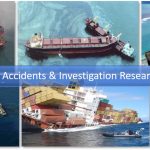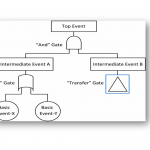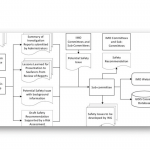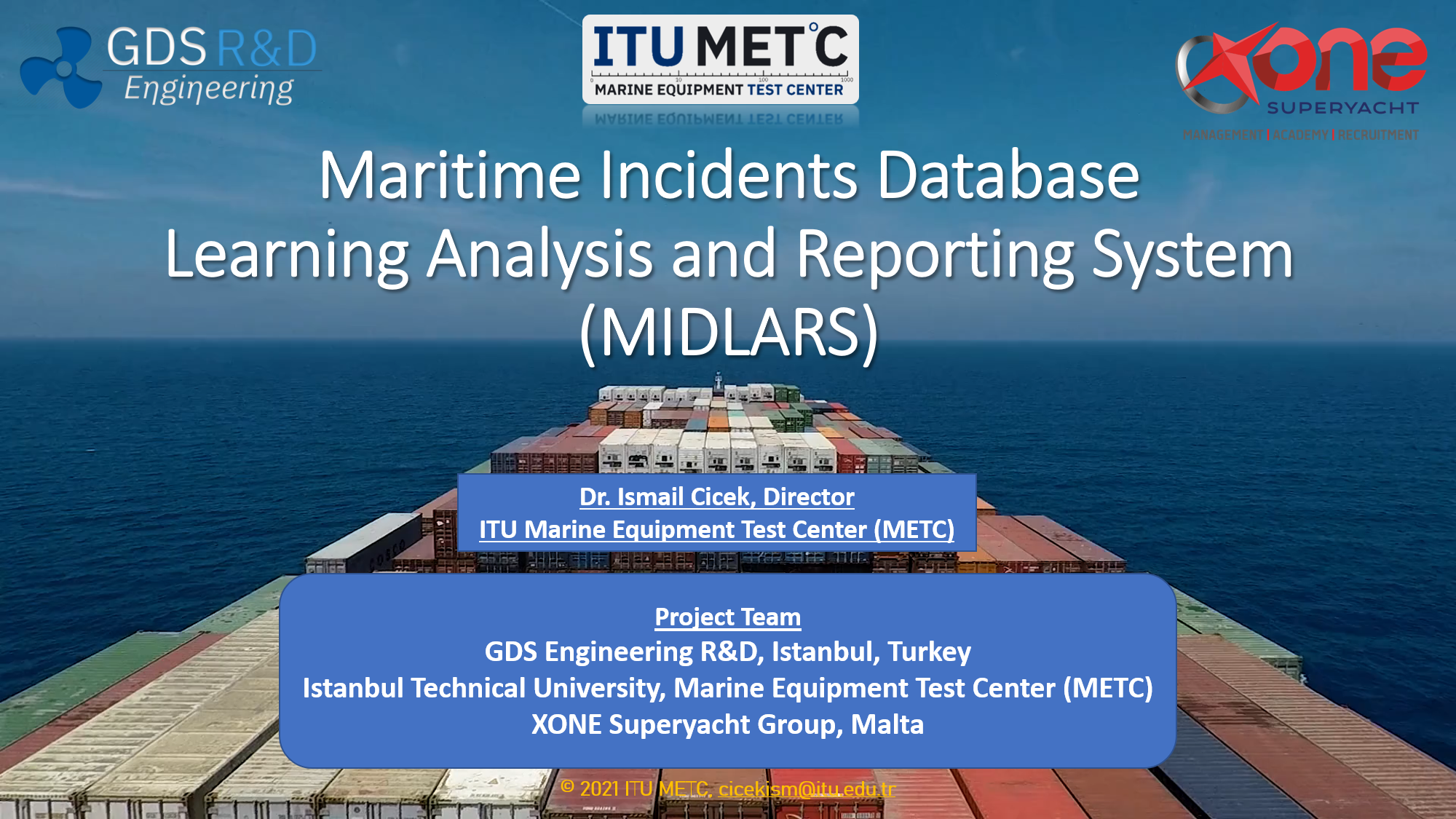Categories of Maritime (Ship) Accident Types
Lloyds Maritime Information Services (LMIS) has a casualty database which divides the maritime (ship) accidents into the following categories:
1. Foundered – includes ships which sank as a result of heavy weather, leaks, breaking into two, etc, and not as a consequence of other categories such as collision etc.
2. Missing vessel – includes ships that disappeared without any trace or witnesses knowing exactly what happened in the accident.
3. Fire/explosion – includes ships where fire/explosion is the first event reported, or where fire/explosion results from hull/machinery damage, i.e. this category includes fires due to engine damage, but not fires due to collision etc.
4. Collision – includes ships striking or being struck by another ship, regardless of whether under way, anchored or moored. This category does not include ships striking underwater wrecks.
5. Contact – includes ships striking or being struck by an external object, but not another ship or the sea bottom. This category includes striking drilling rigs/platforms, regardless of whether in fixed position or in tow.
6. Wrecked/stranded – includes ships striking the sea bottom, shore or underwater wrecks.
7. War loss/hostilities – includes ships damaged from all hostile acts.
8. Hull/machinery damage – includes ships where the hull/machinery damage is not due to other categories such as collision etc.
9. Miscellaneous – includes lost or damaged ships which cannot be classified into any of the categories 1 through 8 due to not falling into any of the categories above or due to lack of information (e.g. an accident starting by the cargo shifting would typically be classified as miscellaneous).
Above is also referenced in Wartsila website. Man Over Board (MOB) event, a person falling into water, is not referenced in the above listing.
However;
IMO accidents website, Global Integrated Shipping Information System (GISIS), refers to Man Over Board as another accident type, which may end with a death or injury. We would like to refern the following two of our publications for the details of MOB and Collision accident types:
Title: Maritime Investigation Reports Involving Man-Over-Board (MOB) Casualties: A Methodology for Evaluation Process, Turkish Journal of Maritime and Marine Sciences, Vol: 5 No: 2 (2019) 141-170. Authors: Orhan Gönel and İsmail Çiçek. Click this link for more information...
Title: Analysis and assessment of ship collision accidents using Fault Tree and Multiple Correspondence Analysis, Ocean Engineering, Volume 245, 2022, 110514, ISSN 0029-8018. Authors: Hasan Ugurlu and Ismail Cicek. Click this link for more information...
With these studies, we categorize the maritime investigation reports into the following groups, which is more inline with the International Maritime Organization (IMO) ‘Casualty Investigation Code’ (CI Code) (2008):
Ship:
- Grounding/Stranding
- Collision/Contact/Allision
- Fire/Explosion
- Flooding/Foundering
- Capsizing/Listing
- Damage to ship or equipment
Crew:
- Man-Over-Board (MOB)
- Injury/Death



